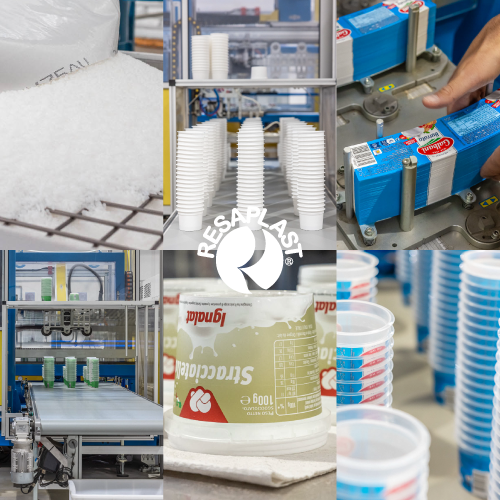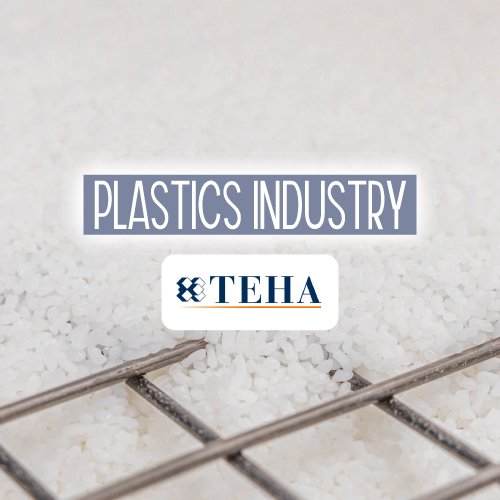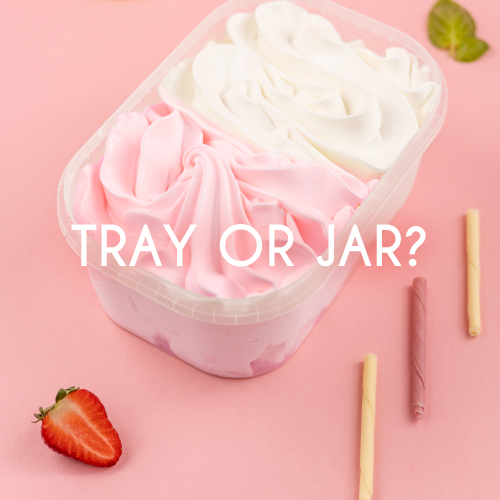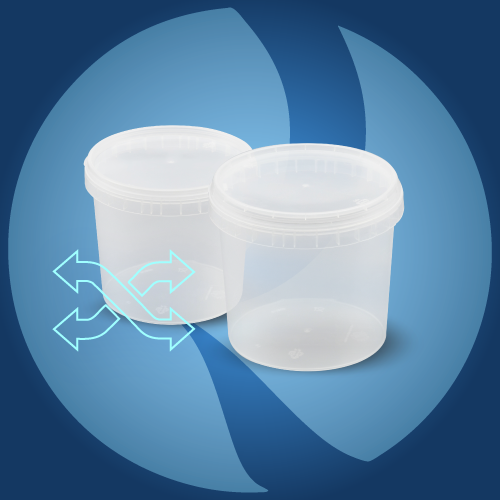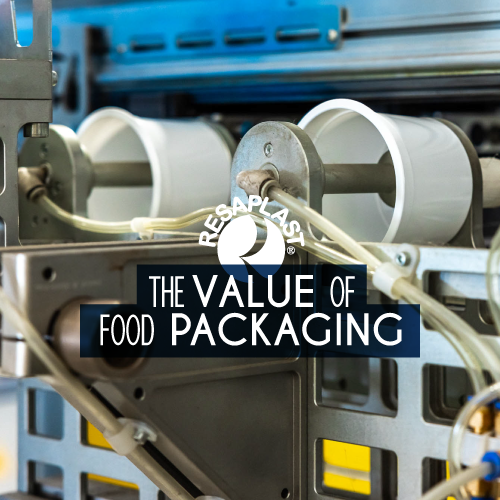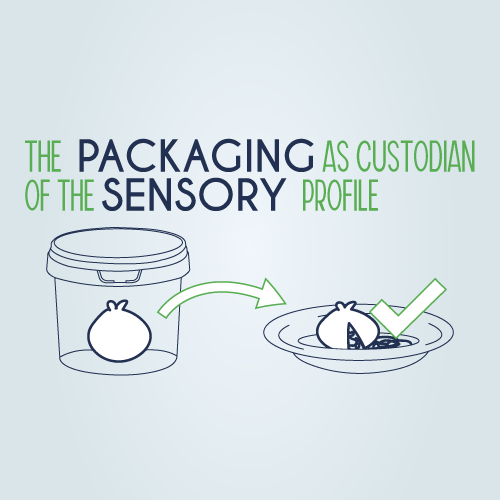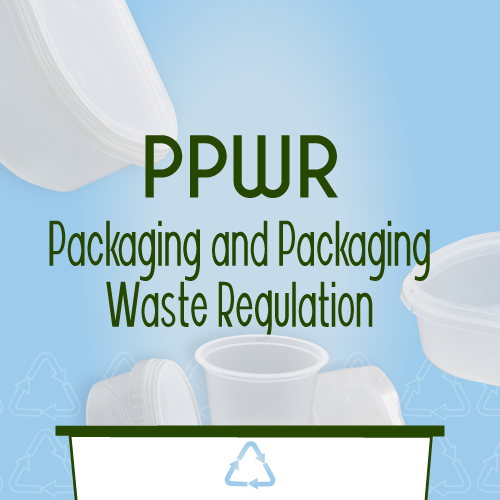
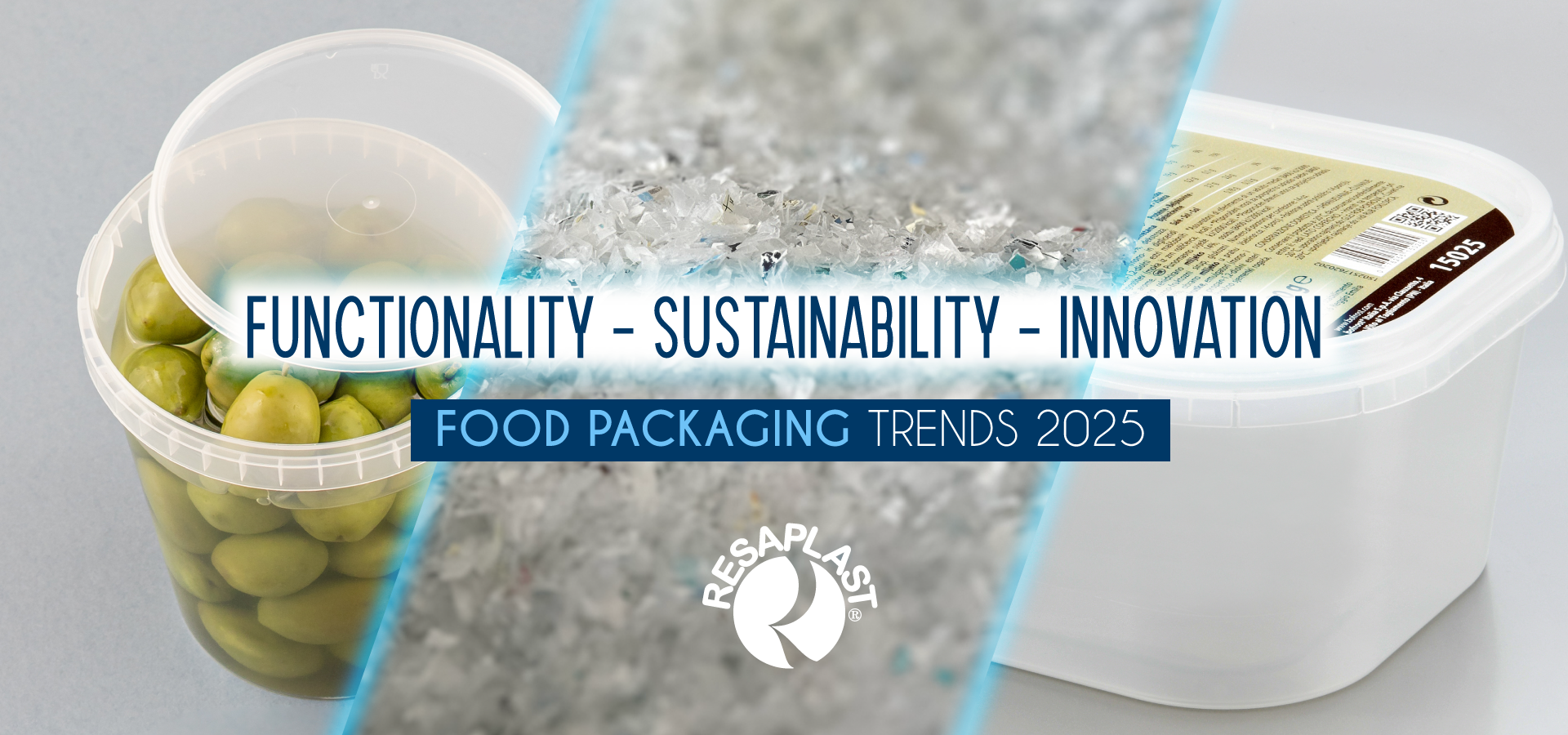
2025 is set to be a year of major change for the food packaging industry, driven by technological innovation, stringent environmental regulations, and evolving consumer demands.
In the future, packaging will no longer be seen as a mere container but as a key tool to address challenges such as food safety, waste reduction, and product visual appeal.
At Resaplast, we are transforming these trends into concrete solutions, placing the needs of increasingly conscious consumers at the heart of our food packaging production.
SUSTAINABILITY AS THE MAIN DRIVER
The growing focus on environmental impact is pushing packaging companies to rethink traditional materials, replacing them with lighter polymers and developing mono-material, recyclable, and reusable solutions in line with increasingly strict European regulations.
The transition to these materials, such as 100% recyclable food-grade polypropylene, which we at Resaplast use as raw material, allows us to optimize production processes and minimize energy consumption, while maintaining packaging’s primary function: food protection. This material is one of the safest for food contact, offering excellent barrier properties against external agents such as UV rays, humidity, and contaminants, ensuring food integrity.
SMART PACKAGING IS THE FUTURE
With technological advancements, packaging is becoming increasingly interactive and informative.
The integration of technologies like QR codes enhances transparency and consumer engagement, providing them with detailed information on product origin, traceability, storage methods, and proper disposal.
Through our IML labeling service, we at Resaplast offer high-definition printing solutions to integrate these tools, improving the final consumer’s experience.
MINIMALISM AND FUNCTIONALITY
In 2025, packaging design will focus on simplicity and functionality: ergonomic structures, intuitive opening systems, and tamper-proof solutions will become essential elements to ensure practicality and efficiency while also maintaining food safety and integrity.
At Resaplast, we design our packaging solutions to be easy to handle and use for consumers without compromising durability and product safety. We also incorporate essential tamper-proof features, such as security seals.
REUSABLE AND MULTI-PURPOSE PACKAGING
The introduction of the European Packaging and Packaging Waste Regulation (PPWR) enforces strict measures to reduce packaging waste and accelerates the transition towards reuse, recycling, and other recovery methods.
PPWR particularly emphasizes reducing packaging weight and volume and shifting from single-use to recyclable solutions.
At Resaplast, we have already implemented strategies to align with these regulations and support our customers in transitioning towards a more sustainable future. By using virgin polypropylene, we extend the lifespan of our packaging beyond its primary use, making it durable, versatile, and perfectly recyclable, reusable, and suitable for recovery streams, thus reducing waste generation.
Additionally, optimizing and simplifying our packaging systems, compositions, and thickness are other initiatives that allow us to offer mono-material solutions, minimizing the energy required for their production and enabling easier disposal.
At Resaplast, we see every trend as an opportunity to evolve and push our limits. This is why we continuously adapt our production to market changes and shifting consumer needs.
We believe that improving our packaging performance is not enough: we must actively contribute to a more responsible, conscious, and sustainable consumption model.

